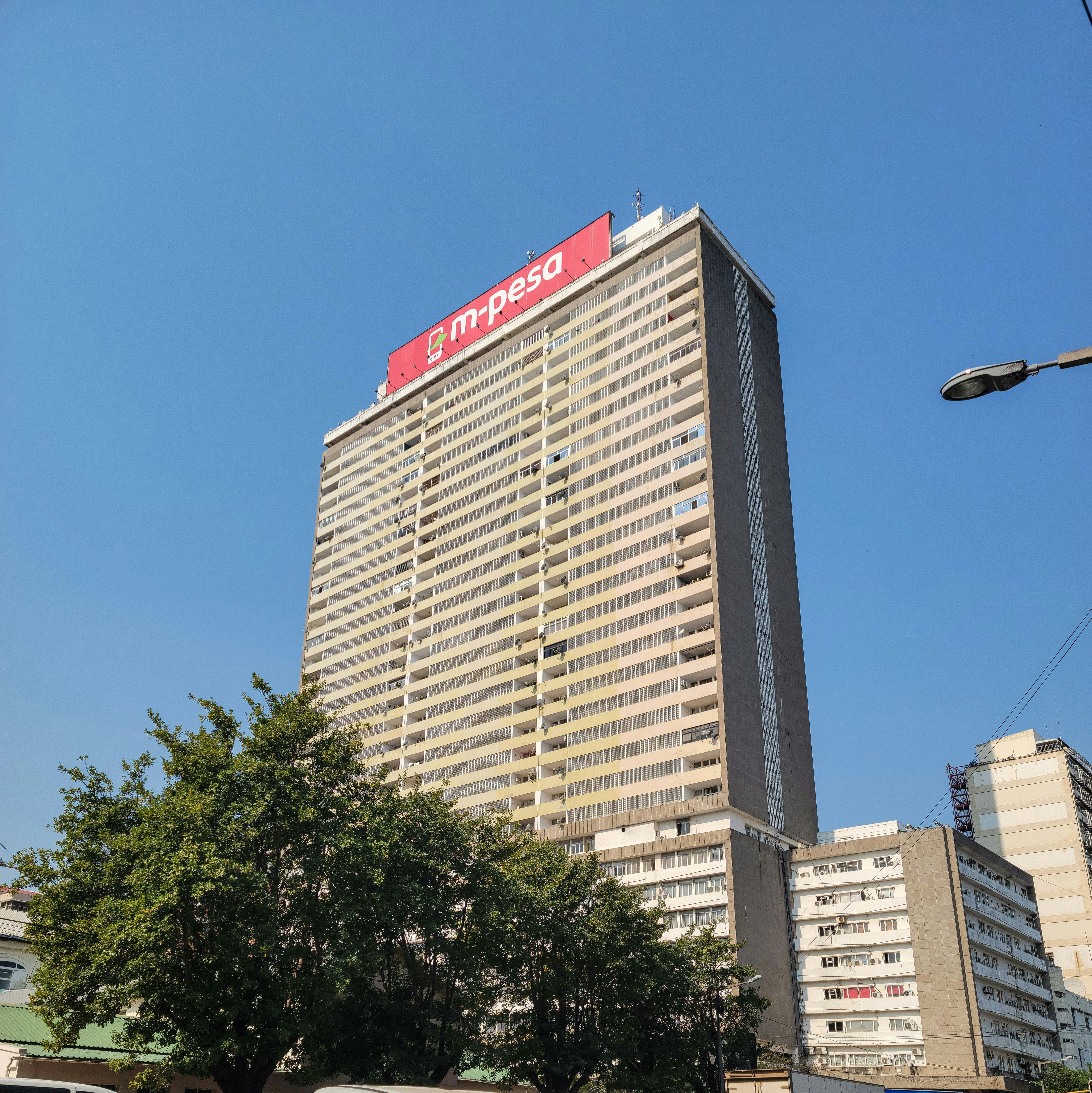How to Make a Website Fast (and Why It Matters for Kenyan Businesses)
Website speed is everything, especially for e-commerce stores. How fast your website loads can be the difference between gaining a loyal customer or losing them forever.
Let’s break down the reality of slow websites, how they impact e-commerce (with a focus on the Kenyan market), and how you can make your website blazing fast, with numbers to prove it.
Just How Many Websites Are Too Slow?
According to recent global reports:
- The average mobile webpage takes around 8.6 seconds to load, more than double the ideal speed (Tooltester, 2024).
- On desktop, the average is better — about 2.5 seconds, but still not optimal.
- Only 50% of websites meet Google’s Core Web Vitals standards, which assess user experience factors like loading, responsiveness, and layout stability (EmailVendorSelection, 2024).
Why Speed Matters: The Impact on Business
Especially for e-commerce, every second counts:
- A 1-second delay in page load time can lead to a 7% reduction in conversions.
- A 5-second delay can increase your bounce rate by 90%.
- 53% of users will abandon a site if it takes more than 3 seconds to load on mobile (Google, 2023).
Now imagine the loss this causes over a month or year, especially in competitive sectors like beauty, fashion, or electronics where shoppers often compare prices and performance across multiple sites.
Real Loss: Revenue and Conversions
Here’s what happens when a site is slow:
- Amazon estimates that every 100ms delay costs them 1% in sales.
- Walmart saw a 2% increase in conversions for every 1-second improvement in load time.
- Portent’s study found that websites loading in 1 second have a conversion rate 3x higher than sites that load in 5 seconds (Portent, 2023).
This doesn’t just apply in the West. Speed is equally (if not more) important in fast-growing mobile-first economies like Kenya.
The Kenyan Context: Why Fast Websites Are a Must
Kenya is a mobile-first country, with over 90% of internet access coming from mobile devices. M-PESA, mobile banking, online shopping, it’s all done on mobile. Yet, many Kenyan websites still lag behind in speed.
Here’s why slow sites are killing online businesses in Kenya:
- Most users are on mobile, and mobile users are less patient.
- With growing internet literacy, consumers can and will switch to faster, better alternatives.
- Slow websites are perceived as less professional and less trustworthy.
A great example is Goodlife Pharmacy, a local pharmacy. After optimizing their website speed, they experienced:
- A 30% increase in mobile conversions.
- A drop in abandoned carts.
- A significant improvement in SEO rankings (HostKenya, 2025).
How to Make Your Website Fast
Here are practical ways to speed up your site without breaking the bank:
| Area | ✅ What to Do |
|---|---|
| Images | Compress all images, use modern formats like WebP or AVIF to reduce size without quality loss. |
| JavaScript | Remove unused scripts, and defer or async load them to prevent blocking rendering. |
| CSS & HTML | Minify your code, and avoid inline CSS if possible. |
| Plugins | Remove any unnecessary plugins (especially for WordPress users). |
| Caching | Use browser and server-side caching to store frequently used data. |
| Content Delivery Network (CDN) | Use a CDN to serve your content faster by using servers closer to the user. |
| Lazy Loading | Implement lazy loading for images and videos that are not immediately visible on the screen. |
| Hosting | Choose reliable local or international hosting with low Time-To-First-Byte (TTFB). |
| Audit Regularly | Use tools like Google PageSpeed Insights, GTmetrix, or Lighthouse for monthly checks. |
Core Web Vitals: Your New Best Friend
If you want to please both Google and your users, aim for these three benchmarks:
- Largest Contentful Paint (LCP): Load main content in under 2.5 seconds.
- First Input Delay (FID): Site should become interactive within 100 milliseconds.
- Cumulative Layout Shift (CLS): Avoid layout shifts during load (should be under 0.1).
Google rewards fast websites with better rankings, which leads to more traffic and sales.
Your Website Speed Action Plan (For Kenyan Entrepreneurs)
- Audit your site today using GTmetrix or PageSpeed Insights.
- Fix the big issues first — large images, unused JavaScript, slow server.
- Choose better hosting — ideally Kenyan-based or African CDN-enabled hosting.
- Re-test and monitor regularly.
- Optimize for mobile first — this is where your users are.
Final Thoughts
Your website is your digital shopfront, and just like a real shop, if customers wait at the door too long, they’ll walk away. Especially in Kenya’s fast-evolving e-commerce space, you cannot afford to be slow.
Speed is no longer just a technical issue. It’s a business issue, a conversion issue, and a trust issue.
So ask yourself:
Is your website fast enough to keep your customers around?
Have questions about optimizing your website? Want a speed audit or consultation? Reach out , let’s make your website the fastest in Kenya.

